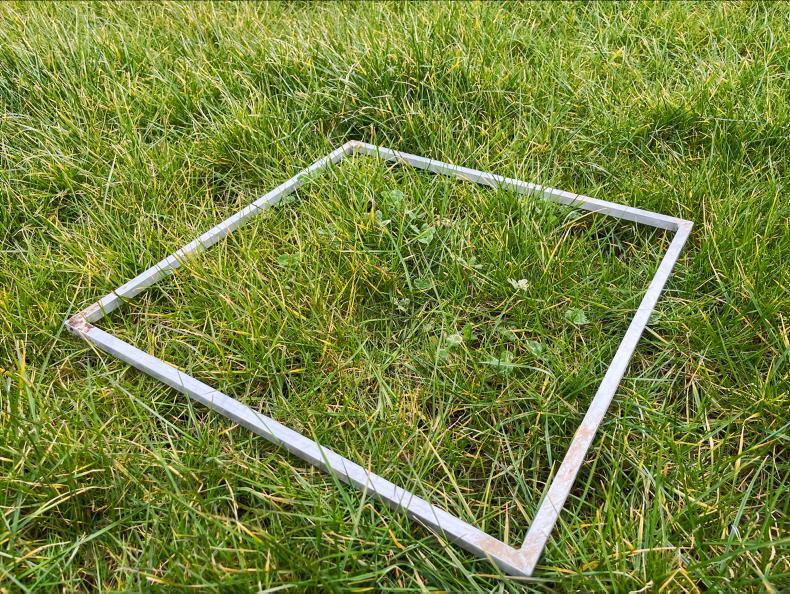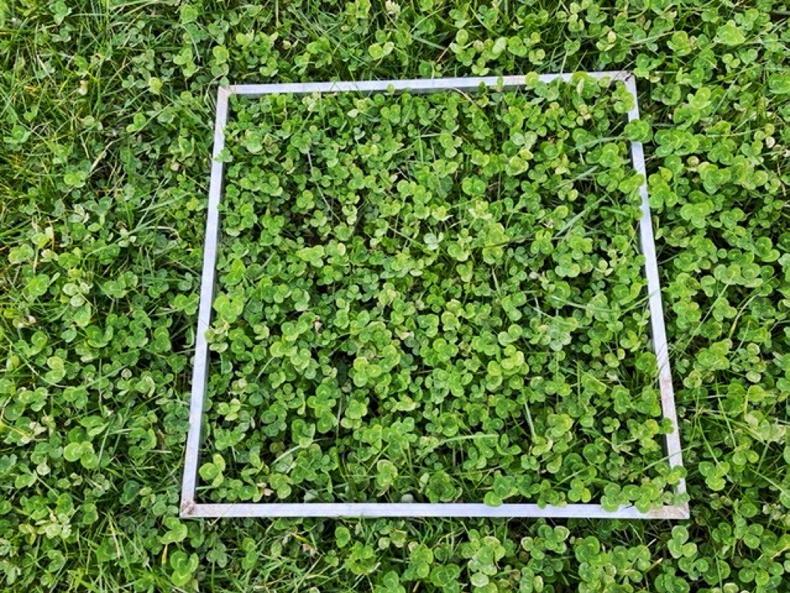As CAN prices now head for over €1,000/t, farmers need to look at the nitrogen sources on their farms. One of these sources is clover.
Clover, its ability to fix nitrogen and reduce artificial fertiliser rates on-farm, are all widely discussed, yet clover is still not being used as efficiently as it can be on farms and on many it is ignored.
Many farmers speak of their lack of success with clover establishment and persistence, but many of these farmers are clinging to the insurance of artificial nitrogen.

One thing that we need to remember is that clover has a job to do and that is to fix nitrogen.
If artificial nitrogen is being applied at high rates, then clover does not need to fix nitrogen and does not have a job to do, so it will not persist in the sward.
Cutting back on nitrogen will allow clover to flourish in the sward.
This year is most definitely a year to cut back on artificial nitrogen use and to try to improve clover on-farm. However, it is important to do this sensibly.
Speaking to James Humphreys, a Teagasc researcher at Solohead Farm, he says that clover distribution is key.
Farmers need to look at how evenly the clover is spread across the field. Is clover in 70% of a 1ha paddock or is there clover in just 20% of the paddock? If 40% of the paddock has clover is it confined to one side of a field?

If you have a distribution of 70-100% James argues that leaving this field without nitrogen means the clover will begin to work to its potential and grass growth rates can be maintained once the sward has adjusted.
Clover distribution assessments
Clover distribution assessments are being carried out on the Footprint Farms at present. Using a quadrat, fields are being mapped for clover distribution.
Depending on field shapes and sizes, they are walked in diagonal lines and the quadrat is thrown down every few metres and a map is used to record the findings.

If there is one stem of clover in the quadrat or the quadrat is full with clover, that area of the field is marked as having clover.
The ground cover is then assessed in each quadrat. White clover ground cover can increase significantly in April to September, but its distribution does not change.
So, if 70% of the quadrats have clover, farmers can afford to cut back on nitrogen and if they’re brave enough, they can cut it out altogether once grass growth rates reach 40kg DM/ha.
These farmers would leave the field without nitrogen from mid April or May.
If artificial nitrogen use is cut from these fields, it could be used in higher amounts where it is needed more in swards where there is no clover.
Once the assessments are complete, the Footprint Farmers can decide what action to take.
If clover distribution is 40% or lower, James advises a reseed or to maintain nitrogen rates.
Over-sowing may be an option where distribution is between 40% and 70%. We’ll keep you updated in the coming weeks.
An ideal time to assess the clover is at the end of the first grazing rotation.






 This is a subscriber-only article
This is a subscriber-only article











SHARING OPTIONS: